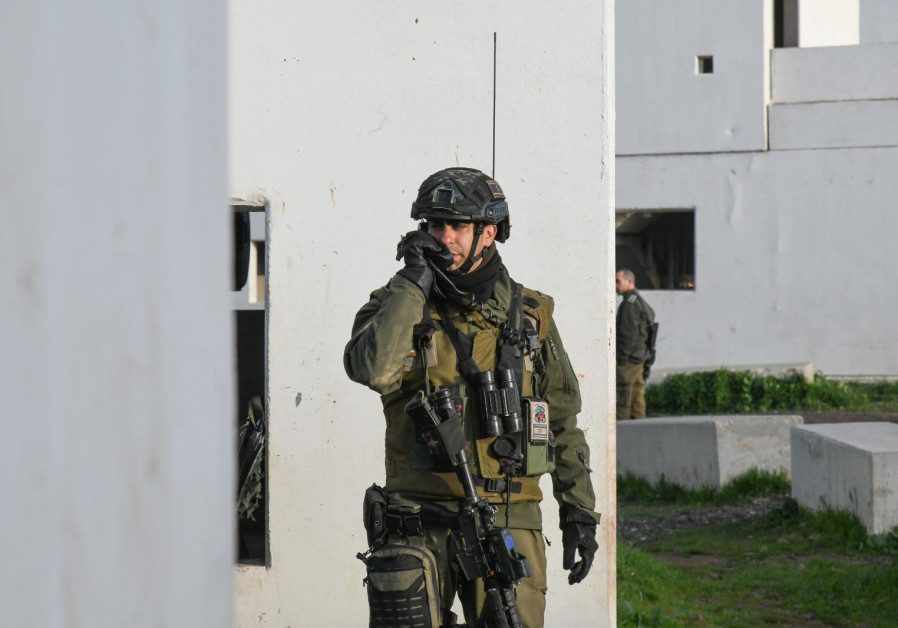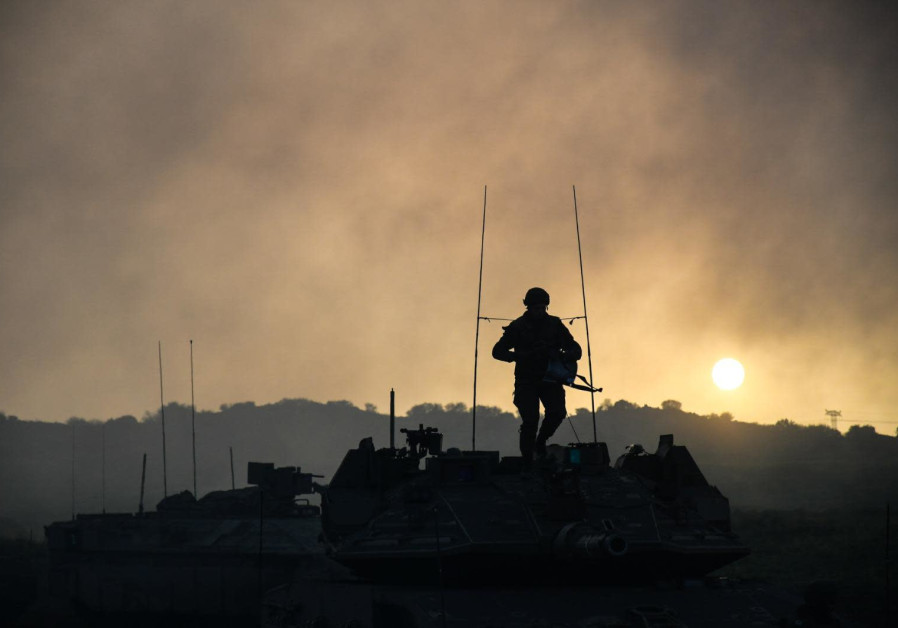IDF on alert in the South after latest round of Hamas clashes
A month and a half after Operation Guardian of the Walls, the border between Israel and Gaza is quiet but tense.
 Lt.-Col. Dori Saar during Operation Guardian of the Walls. (Credit: IDF SPOKESPERSON’S UNIT)
Lt.-Col. Dori Saar during Operation Guardian of the Walls. (Credit: IDF SPOKESPERSON’S UNIT) “We see that Hamas is not trying to challenge us at the moment, but we are always watching them. They are trying to keep the peace right now but that doesn’t mean that they aren’t working against us. Right now they are deterred. They didn’t expect what the IDF did during the operation,” Saar said.
if(window.location.pathname.indexOf(“656089”) != -1){console.log(“hedva connatix”);document.getElementsByClassName(“divConnatix”)[0].style.display =”none”;}
 Lt.-Col. Dori Saar during Operation Guardian of the Walls. (Credit: IDF SPOKESPERSON’S UNIT)
Lt.-Col. Dori Saar during Operation Guardian of the Walls. (Credit: IDF SPOKESPERSON’S UNIT)  Lt.-Col. Dori Saar during Operation Guardian of the Walls. (Credit: IDF SPOKESPERSON’S UNIT)
Lt.-Col. Dori Saar during Operation Guardian of the Walls. (Credit: IDF SPOKESPERSON’S UNIT)  Lt.-Col. Dori Saar during Operation Guardian of the Walls. (Credit: IDF SPOKESPERSON’S UNIT)
Lt.-Col. Dori Saar during Operation Guardian of the Walls. (Credit: IDF SPOKESPERSON’S UNIT) 




Comments are closed.